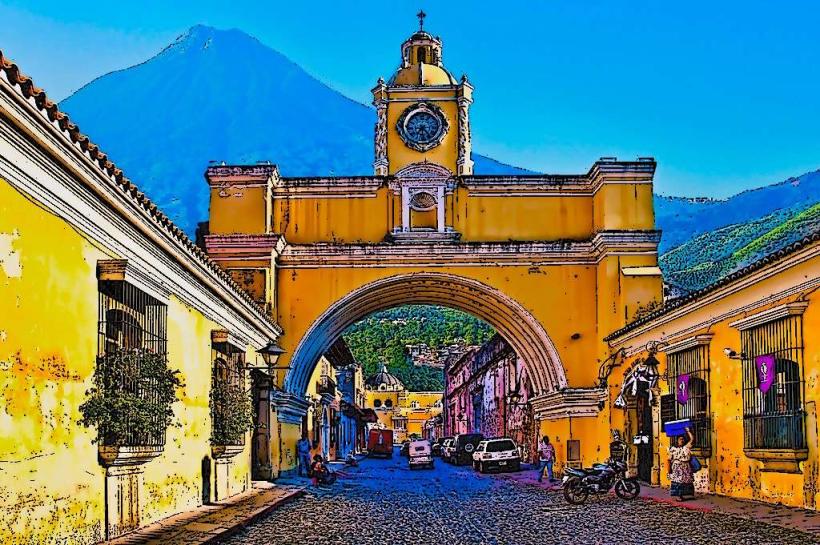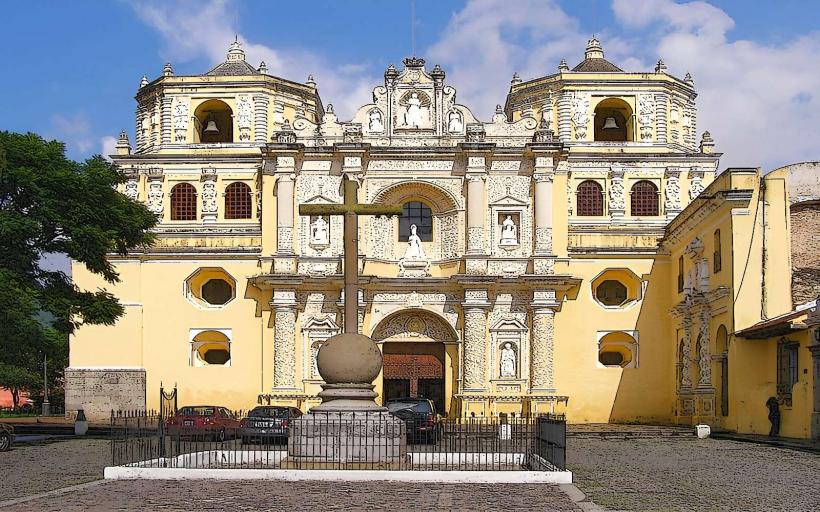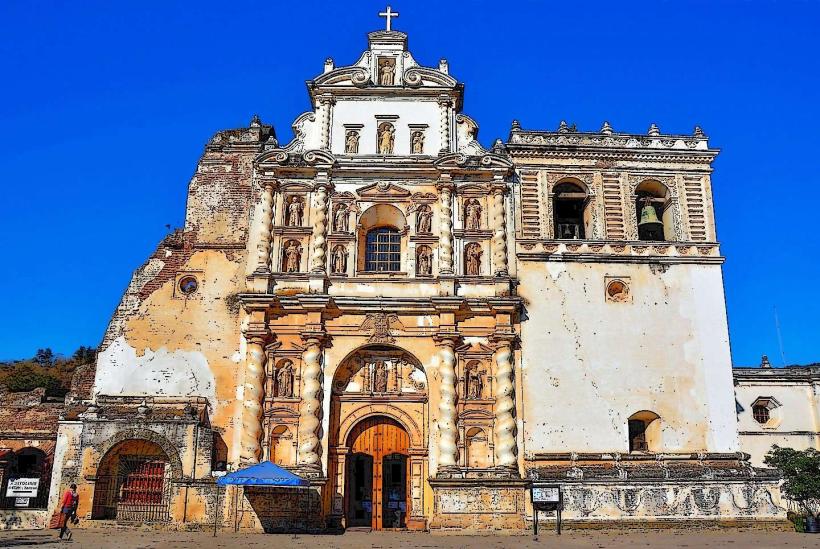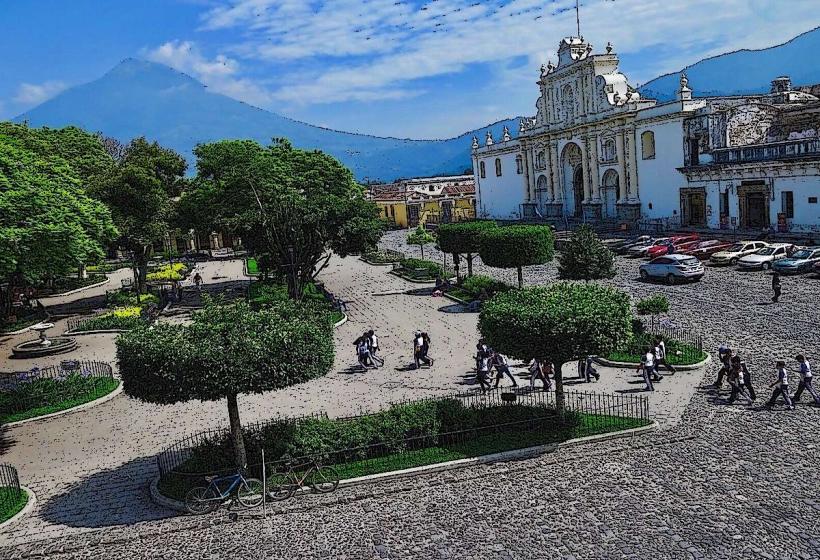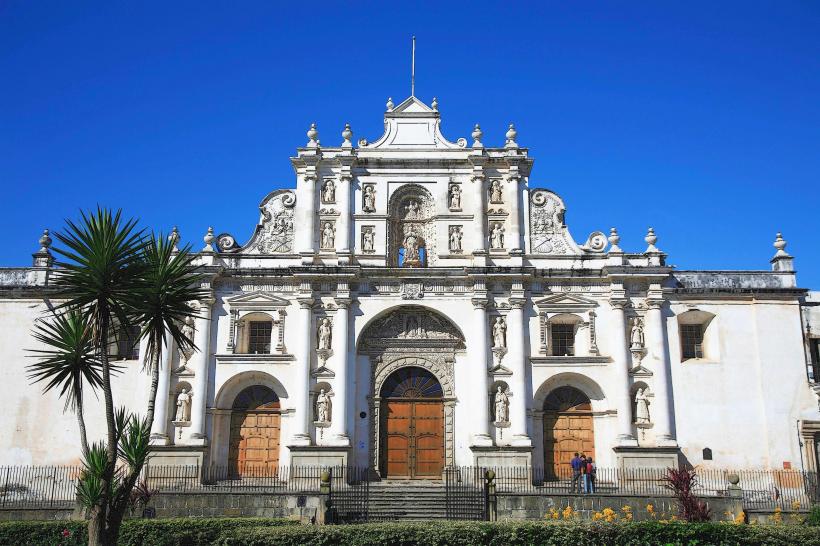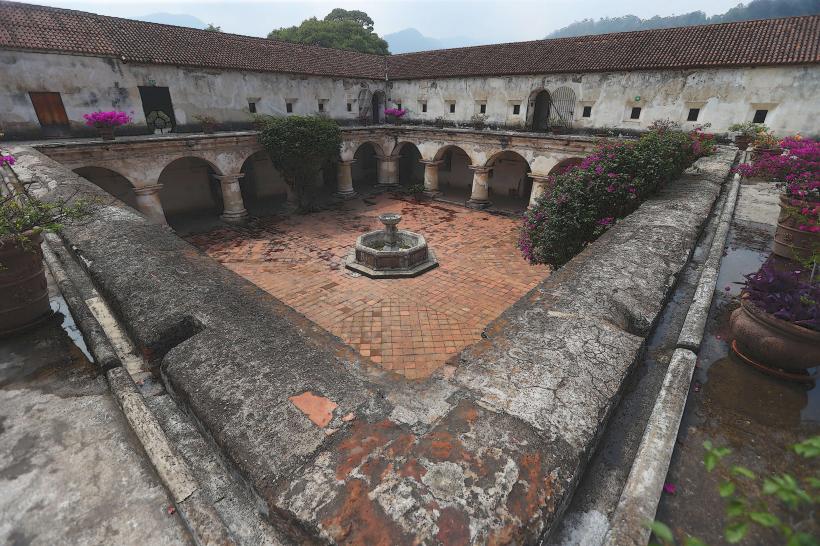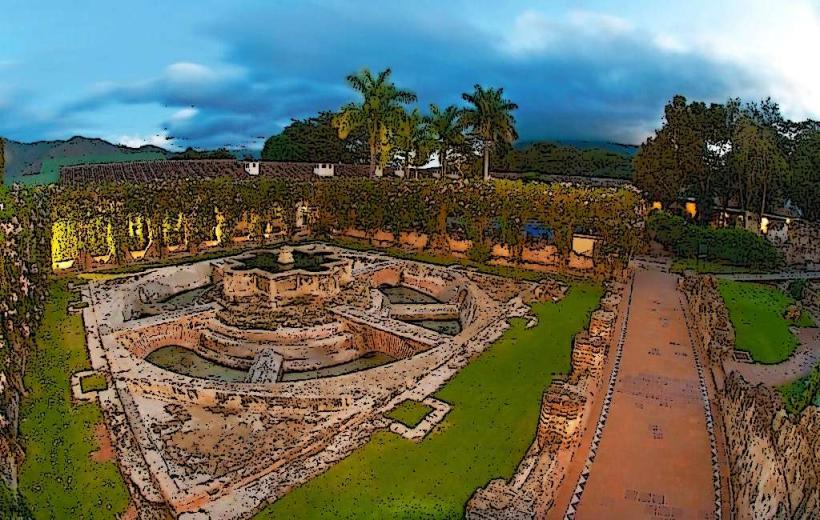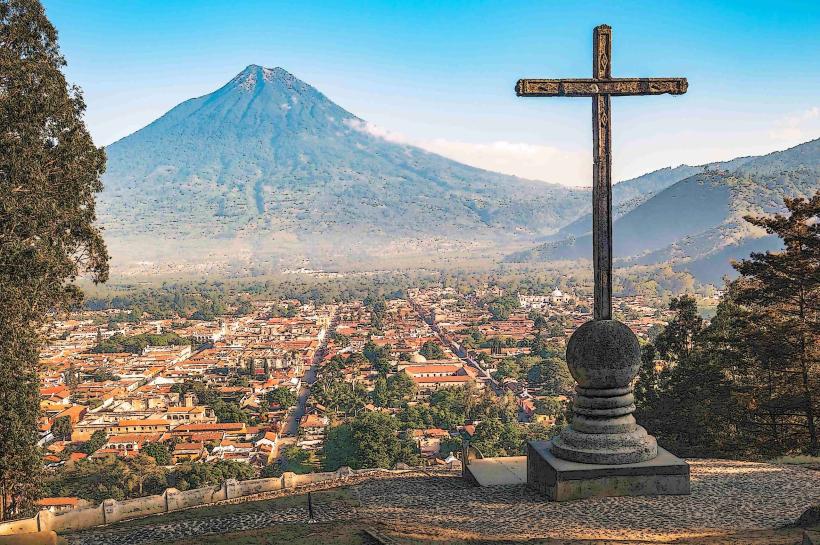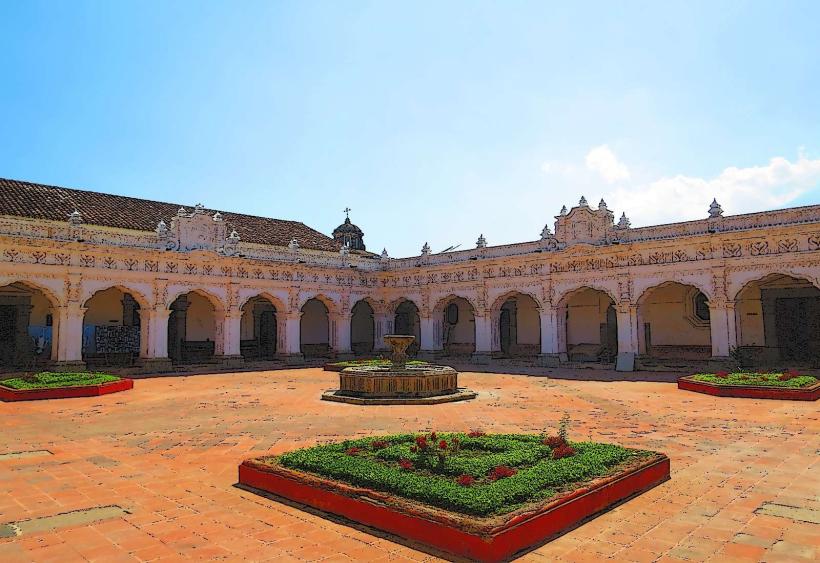Information
Landmark: San José El Viejo RuinsCity: Antigua Guatemala
Country: Guatemala
Continent: North America
The San José El Viejo Ruins are an important historical site located in Antigua Guatemala. These ruins are the remains of the San José monastery, which was once part of a Franciscan convent established in the 16th century. The site offers a glimpse into the religious and architectural history of the city during the colonial period and has become a significant landmark in Antigua.
History and Significance:
The San José El Viejo convent was founded by the Franciscan order in 1595, making it one of the oldest religious institutions in Antigua Guatemala. Over the centuries, the convent played an important role in the spiritual life of the city, serving as a center of religious activity, education, and charity.
Like many of Antigua’s churches and convents, San José El Viejo was severely damaged in the 1773 earthquake, which caused extensive destruction throughout the city. After the earthquake, the site was abandoned, and the convent fell into disrepair. Over time, much of the structure was lost, and only the ruins remain as a reminder of its once-glorious past.
Today, the San José El Viejo Ruins stand as a symbol of Antigua’s resilience and its rich colonial history. The site is a popular stop for tourists who wish to explore the city’s architectural heritage and learn about its religious traditions.
Architectural Features:
Despite the damage caused by the earthquake, the San José El Viejo Ruins still feature several notable architectural elements. The ruins offer insight into the colonial-era architecture of Antigua, characterized by simple yet elegant designs that reflect the Franciscan style.
Facade:
The main entrance of the convent features a stone facade, which would have once been an imposing structure. Though much of the facade has collapsed, visitors can still see some of the original carved stonework that was typical of colonial churches and monasteries. The remains of the archway and columns give a sense of the grandeur that the building once had.
Courtyard:
As with many colonial-era monasteries, the San José El Viejo convent was centered around a large courtyard. This open space would have been used for various activities, including prayers, gatherings, and daily routines. The courtyard is still visible today, with remnants of its original stone pathways and garden areas.
Chapels and Rooms:
While much of the interior structure has been lost, the ruins still reveal parts of the convent’s original chapels and rooms. These spaces would have once housed the Franciscan friars and provided areas for religious worship. The remains of some arches, walls, and small chambers are still visible, allowing visitors to imagine what the convent may have looked like before the destruction.
Restoration Efforts:
The San José El Viejo Ruins have undergone some restoration efforts to preserve what remains of the site. While not fully restored, the ruins have been stabilized and are now accessible to the public. The site is often used for cultural events, exhibitions, and educational purposes, and there are efforts to continue restoring the area over time.
Visiting San José El Viejo Ruins:
The San José El Viejo Ruins are a relatively quiet and peaceful destination for visitors to Antigua, offering a more subdued alternative to the city’s busier landmarks. While the site is not as well-known as some other ruins in the area, it provides an opportunity to explore a piece of Antigua’s colonial history in a more intimate setting.
- Location: The San José El Viejo Ruins are located a short distance from Antigua's Central Park, making it an easy addition to a walking tour of the city.
- Opening Hours: The ruins are typically open to the public during the day. It’s advisable to check for specific hours of operation before visiting.
- Admission: There is usually a modest entrance fee to visit the ruins. The funds collected are often used for the ongoing preservation and maintenance of the site.
Nearby Attractions:
The San José El Viejo Ruins are in close proximity to several other important landmarks in Antigua, including:
- Parque Central: The central square of Antigua, surrounded by historical buildings and vibrant local life.
- La Merced Church: A Baroque-style church with a striking yellow facade.
- Santa Catalina Arch: An iconic symbol of Antigua, offering picturesque views of the city and surrounding volcanoes.
- Casa Santo Domingo: A historic hotel and cultural center located in the ruins of a former convent.
Conclusion:
The San José El Viejo Ruins offer a fascinating glimpse into the colonial past of Antigua Guatemala. Though much of the original structure has been lost over time, the remaining ruins are still a testament to the city’s rich architectural and religious heritage. For those interested in exploring the quieter, more historic side of Antigua, the San José El Viejo Ruins provide a peaceful and reflective experience.

